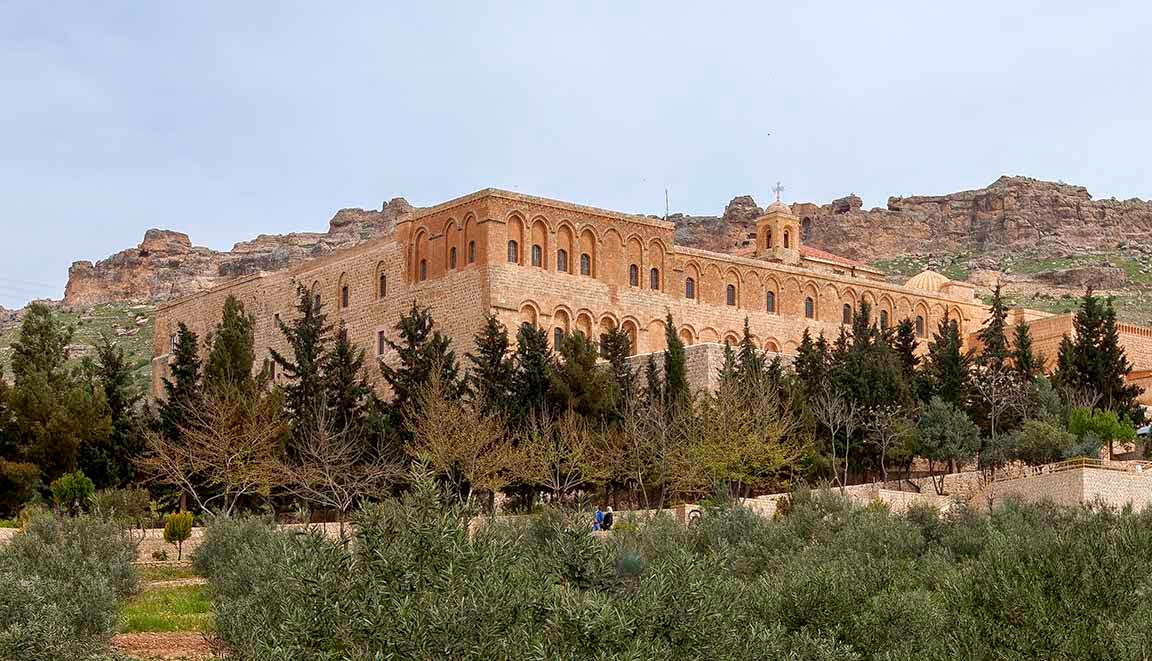Mongolia | Chingis Rides West | The Fall of Bukhara
Chingis and his army arrived at Bukhara in February or March of 1220 and camped before the gates of the citadel. The number of defenders inside the city is disputed: Juzjani says there were 12,000 calvary; Juvaini says 20,000 “auxiliary“ troops from the Khwarezmshah’ army; and Nasawi claims 30,000. Among those leading the forces holed up in the city were Ikhtiyar al-Din Kushlu, the Grand Equerry of the Sultan; Hamid Pur, a Khara Khitai taken prisoner by the Sultan in 1210 who later joined his army; a commander by the name of Inānch Khan, and a certain Khökh Khan (Blue Khan), also known as Gürkhan (not, of course the Gürkhan of the Khara-Khitai, who had died in 1214). This Khökh Khan was a Mongol who had earlier deserted to the cause of the Khwarezmshah and achieved a position of some prominence in Bukharan society. Later historians would float the wild rumor that this Khôkh Khan, or Gür Khan, was none other than Jamukha, Chingis’s bosom buddy as a young man (they had slept together under the same blanket for two years, according to the Secret History) and later his arch-nemesis, who had somehow escaped from Mongolia only to pop up again here in Bukhara as the perennial thorn in Chingis’s side. Jamukha did hold the title of Gürkhan (“Universal Ruler) and this may have led some to confuse him with this Mongol deserter who had assumed the same moniker. As the Secret History make perfectly clear, however, Jamukha had been executed by Chingis’s order back in 1205. Whoever Khökh Khan was, he was not Jamukha.
Surrounded by an army “more numerous than ants or locusts,” it did not take long for these commanders to conclude that they did not want to stay and defend what now appeared to be a doomed city. Three days after the arrival of the Mongols they led their troops (20,000, according to Juvaini) out of the city gates. Juvaini adds that numerous inhabitants of the city decided to take their chances with the bolting soldiers. They finally managed to battle their way through the Mongol cordon and flee south. These escapees from the city hoped to reach the Amu Darya River and cross over to the supposed safety of Khorasan, where the Khwarezmshah was thought to be gathering an army to finally confront the invaders. Mongol detachments sent in pursuit harried them all the way to the Amu Darya. Almost all of the absconders were hounded down and massacred. Hamid Pür was caught and killed before he reached the river. Only a handful of men led by the Inānch Khan managed to cross the river and escape. Thus was the ignominious end of the men the Khwarezmshah had tasked with the defense of Bukhara.
Khökh Khan and 400 die-hard troops who had refused to abandon the city remained holed up in the Citadel, but the remaining inhabitants of the Bukhara had no choice but to forfeit the rest of their their city. A judge by the name of Badr a-Din led a delegation sent to negotiate the surrender. On the 10th, or the 16th, of February, depending on whose account we believe, Chingis Khan made a triumphal entry into the hitherto noble city of Bukhara. He and his son Tolui rode their horses into the big Friday Mosque, where Tolui dismounted and ascended the minbar, or pulpit. According to Juvaini Chingis then asked if this was the palace of the Khwarezmshah; he was informed the imams in attendance that it was the House of God. He too then dismounted and climbed up onto the pulpit. Although it may have been the House of God, he had more earthly concerns. The Mongols’ horses were hungry and must be fed, he ordered. The city’s granaries were opened and the grain dispensed for horse feed. Chingis’s men dragged the cases which were used to store Qurans out of the mosque, dumped out the sacred books, and used them as feeding troughs for their horses. Their horses having been seen to, they ordered up wine and dancing girls for their own entertainment. Soon the mosque rang with the sound of Mongol songs bellowed by the celebrating inebriates.
Juvaini, although a scribe in pay of one of Chingis’s descendants, was a Sunni Muslim himself, and he could not keep a note of disapproval out his account of these carryings-on. Hitherto dignified imams, sheiks, and sayyids, he tells us, were made to look after the Mongol horses while their owners partied. When the bacchanalia was over the Mongols rode away, trampling under the feet of their horses the leaves of the Qurans which had been scattered around the courtyard of the mosque. At this point, an imam named Jalal-al-Din Ali b. al-Hasan Zaidi, “chief and leader of the sayyids of Transoxiania . . . famous for his piety and asceticism,” turned to an imam named Rukn-ad-Din Imamzada, “one of the most excellent savants in the the world,” and lamented, “ . . . what state is this? That which I see do I see it in wakefulness or in sleep, O Lord?” Apparently all of which he had just seen seemed like a nightmare to him. His companion replied, “Be silent: it is the wind of God’s omnipotence that bloweth, and we have no power to speak.” The wind was not about to abate, and for many in Khwarezmia the nightmare was just beginning.


